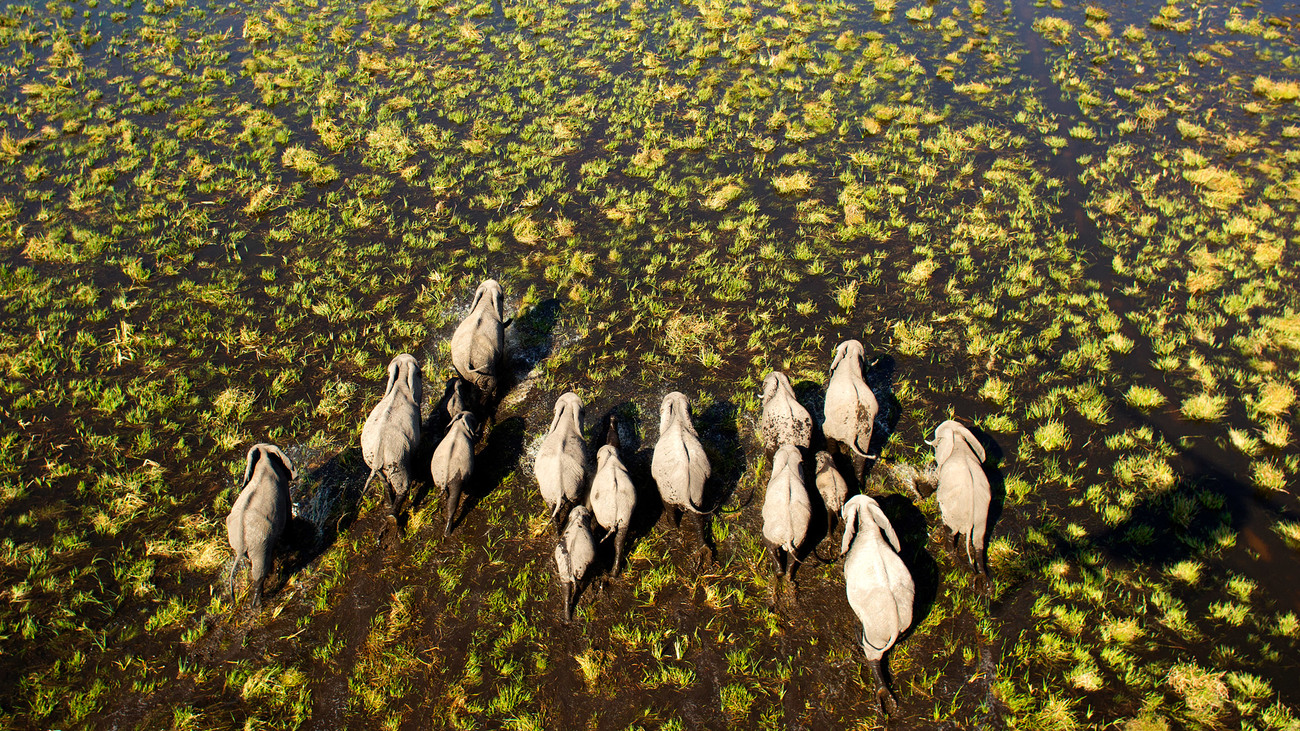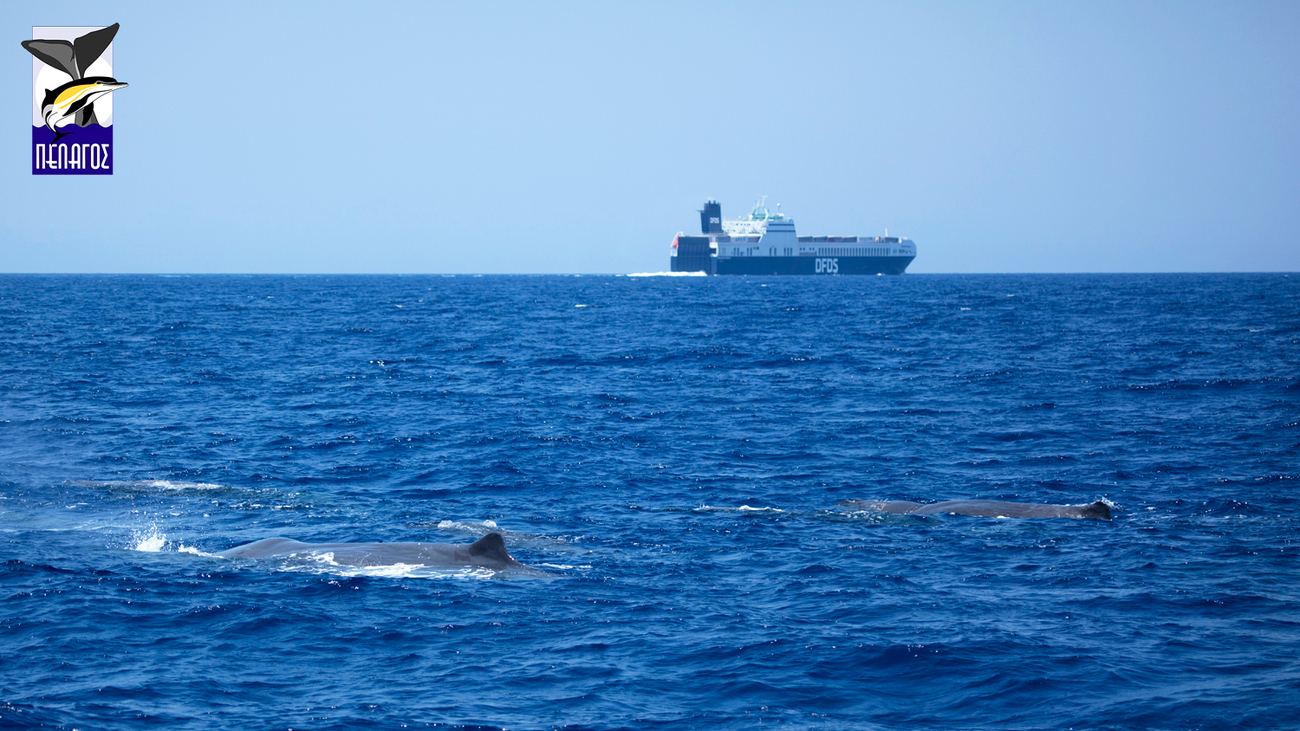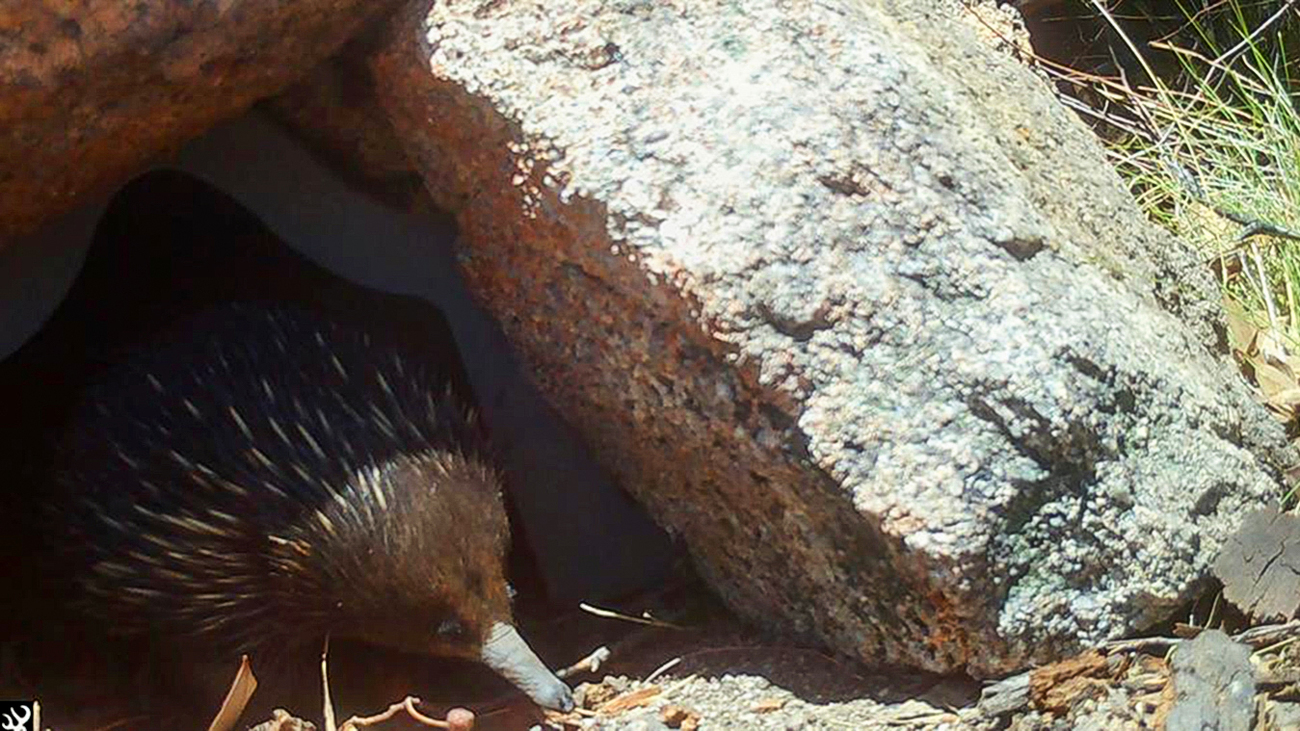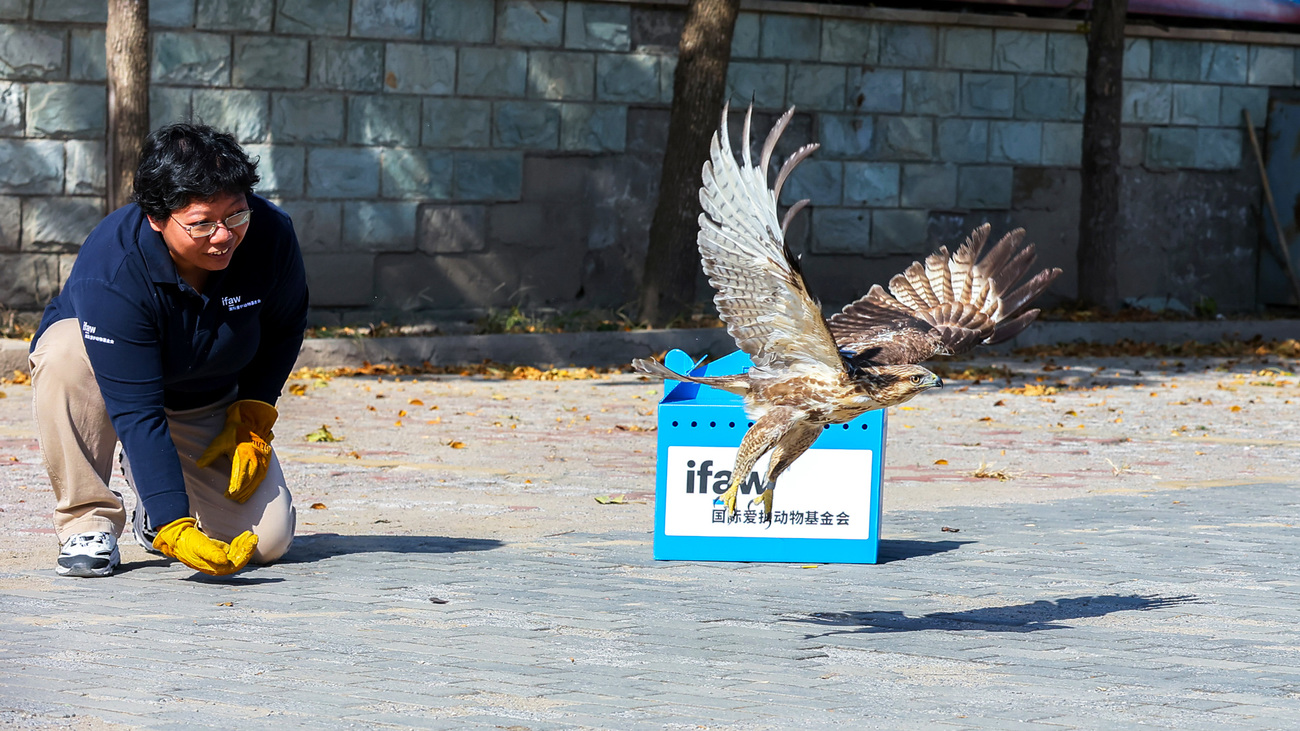Elephant Nursery and Landscape Project - Zimbabwe
Giving orphaned elephants a second chance at a life back in the wild10 conservation projects saving endangered wildlife
10 conservation projects saving endangered wildlife
Conservation organisations around the world work to protect endangered and threatened species through a variety of techniques, including rescuing, rehabilitating, and releasing wild animals; translocating animals to new habitats; reconnecting fragmented landscapes; working with local communities to support coexistence with wildlife; and advocating for policy to protect species.
Protecting wildlife is important because every species is a crucial part of its ecosystem. Animals provide us with ecosystem services—necessities like food, water, and soil—and help protect our planet. Biodiversity can even help us mitigate climate change.
Here are 10 important conservation efforts that IFAW is currently supporting to protect wildlife, people, and the planet.
1. Giving African elephants room to roam

One of the biggest threats to African savannah elephants, and many other wild animals, is the fragmentation of their habitat. What does this mean, and how is IFAW working to solve it?
As the world’s largest land animals, elephants need a lot of space. Their home ranges can span up to 11,000 square kilometres. In addition to needing large swathes of the African savannah to find food, water, and mates, elephants serve as vital ecosystem engineers, altering plant life and the soil to the benefit of animals and humans. That means protecting elephants indirectly protects countless other species of wildlife and promotes biodiversity.
However, human development and drought continue to decrease the size of elephant habitats and break them up into smaller and smaller pieces. For example, when a large farm is built, not only does it clear away the natural vegetation once used as food and shelter by wildlife, but it also separates wild areas from each other. This restricts animals to small, isolated spaces, which can lead to population decline and inbreeding.
IFAW is working to fix this issue across East and southern Africa through our Room to Roam initiative. We’ve engaged landowners across a wide landscape to lease their land for elephant conservation. We also work with local communities to support their needs through climate-resilient, wildlife-friendly livelihoods, agroforestry, clean water access, and climate-smart agriculture—all of which can prevent further competition between humans and elephants and encroachment into their habitats. In addition, we support the training and equipment of rangers, who work on the ground to monitor elephants and prevent poaching.
2. Restocking and enlarging a park for greater one-horned rhinos
Three decades ago, conflict in Assam, India, led to poaching, deforestation, and habitat fragmentation in Manas National Park, a UNESCO World Heritage Site. All rhinos were wiped out from the area.
To bring them back, IFAW partnered with the Wildlife Trust of India (WTI), the Assam Forest Department, and the national governments of India and Bhutan. Through our joint efforts, we doubled the protected forest area of Manas. After rescuing and rehabilitating orphaned rhino calves found in the nearby Kaziranga National Park, we release them into Manas to repopulate the area. With WTI and the Assam Forest Department, we established the Centre for Wildlife Rehabilitation and Conservation (CWRC) near Kaziranga.
We also ran educational campaigns for local children, promoting environmentally friendly lifestyles and livelihoods. To date, we have rehabilitated and released 21 rhinos from Kaziranga to Manas. Today, a total population of around 45 rhinos is thriving in the Greater Manas landscape.
3. Changing shipping routes to save endangered whales

Many endangered whales around the world face threats in the form of vessel strikes—being hit by ships and boats—and ocean noise pollution.
IFAW is dedicated to eliminating both of these issues by changing shipping routes. South of Sri Lanka lies one of the world’s busiest shipping lanes—and it runs straight over an important feeding area for blue whales, the largest animals in the world. When we learned we could save hundreds of whales by simply moving that lane 15 miles south, we realized we had to act.
Partnered with scientists, shippers, mariners, local whale watch operators, and others, we successfully persuaded authorities to change the routes. But this isn’t just a problem in this one area, so we’re also advocating for the US, Australia, and New Zealand to make their waters safer, too.
In addition, we’ve worked with partners to create the Whale Alert app, which allows mariners to access real-time information about whales to avoid collisions.
4. Helping communities coexist with elephants in China
Around 300 of Asian elephants currently live in China’s Yunnan province, and due to habitat loss and fragmentation, elephants and humans often come into conflict here. When in search of food, these animals can destroy crops, damage properties, and sometimes harm or even kill people.
In 1999, IFAW launched the Asian Elephant Protection (AEP) project. For more than 20 years, we’ve been promoting human-elephant coexistence through four strategies. First, we launched the first Human Elephant Conflict (HEC) Mitigation Community Ranger Network together with the local government. We provided human-elephant conflict prevention training to more than 500 local government officials and more than 100,000 citizens in more than 50 different communities. IFAW designs a curriculum and trains rangers on how to carry out trainings themselves, enabling us to reach more people. Rangers are now capable of holding regular prevention trainings in villages. Since the launch, IFAW has supported 10 rangers to provide over 590 trainings to more than 90% of the villages that have elephant movement in Jinghong.
Second, we’ve been supporting communities through developing environmentally friendly livelihoods while building community resilience and tolerance to elephants. Since June 2020, IFAW has collaborated with local conservation departments and organisations to launch the Community Development for Asian Elephant Protection project, which helps local communities mitigate human-elephant conflict, restore local ecosystems, and build climate change resilience through activities such as beekeeping, alternative planting, and photovoltaic installation.
Lastly, we use education to improve community awareness and knowledge of elephant conservation. We worked with education authorities and local schools to develop the first animal-themed school textbook titled ‘Knowing Elephants’ and a series of courses. We also have provided skill trainings on conservation and public awareness to 550 staff working at the nature reserve and local tour guides in collaboration with the Xishuangbanna National Nature Reserve and the Xishuangbanna Tropical Rainforest National Park since 2015.
5. Protecting Kenya’s coastal ecosystems
Kenya hosts coastal and marine ecosystems full of diverse marine life. The coast also supports the livelihoods of 2.7 million people, and these ecosystems face threats like rapid population growth and illegal fishing. The area’s natural resources need to be sustainably managed so the benefits can be enjoyed by all local communities.
IFAW’s work in coastal Kenya focuses on supporting specialised marine mammal rescue training of government agency personnel, community based organisations, fishermen and local community members, supporting aerial and boat surveys of key marine species, diversifying local livelihoods to reduce the overextraction of marine resources, and improving waste management to reduce entanglements and ingestion by marine life.
We aim to protect not only Kenya’s incredible marine biodiversity, such as sea turtles, dugongs, and rays, but also the livelihoods of people who depend on fishing, marine-based eco-tourism and other activities along the coast.
6. Restoring wildfire-ravaged landscapes in Australia

During Australia’s Black Summer of 2019 to 2020, bushfires ravaged the country and severely damaged Two Thumbs Wildlife Trust Sanctuary, a haven for birds, bats, marsupials, and mammals in southern New South Wales.
IFAW has been working with Habitat Innovation and Management to restore the 724-hectare property. This involves installing 120 nest boxes including 20 revolutionary boxes capable of housing multiple tree hollow-dwelling species. We also helped carve out 20 tree hollows to provide more homes for these animals, dispersed seeds to enhance biodiversity, and helped with soil erosion control and fencing to aid in the recovery of this landscape. In addition, we planted 2,000 native grasses and trees to encourage birds like the glossy black cockatoo to repopulate the sanctuary.
7. Preparing orphaned elephants for return to the wild
For young elephants, it’s often a death sentence if they lose their mothers or become separated from their herds. In Zimbabwe and Zambia, both home to endangered African savannah elephants, IFAW is working to change this.
In 2012, IFAW’s partner organisation Wild is Life established the Zimbabwe Elephant Nursery (ZEN). We support the rescue and rehabilitation of elephant calves who end up there often as a result of poaching, human-wildlife conflict, falling into mud or ditches, or becoming separated from their herds. These orphans spend about three to five years in the care of rehabilitators, receiving round-the-clock, personalised attention from the keepers. Once they mature, it’s time to find them a herd to join in the wild.
To give these elephants a new home after their rehabilitation, we worked with government agencies to secure an 85,000-acre (34,000-hectare) habitat in the Panda Masuie Forest Reserve. So far, six elephants have joined wild herds in this space.
In Zambia, we helped create the Lusaka Elephant Nursery alongside Game Rangers International (GRI). Once the elephants rescued here are old enough to be weaned off milk, we move them to a release facility in Kafue National Park. Tracking them via satellite collars, we ensure that they integrate into wild herds.
8. Removing snares around Hwange National Park
Snares are often set by poachers to catch animals, and they can cause slow, painful deaths for their victims.
In Zimbabwe, IFAW supports a team of rangers staffed by the Dete Animal Rescue Trust (DART) who patrol the buffer area bordering Hwange National Park and undertake the tedious task of removing snares. From July to September 2022, they recovered a total of 231 snares. Thanks to their dedication and supervision, the number of snares detected in the area plummeted by 80% between 2022 and 2023. From April to June 2023, they found only 43 snares.
Now, wildlife is thriving more than ever in the park, including elephants, African fish eagles, Egyptian geese, and kudus.
9. Disrupting online illegal wildlife trade
Wildlife trafficking happens around the world, and the internet is no exception. It has made it easier than ever to trade endangered animals around the globe, threatening numerous species with extinction.
As we are dedicated to combatting wildlife crime on the ground by supporting rangers and local governments, IFAW also works to fight the illegal trade that occurs online. We work as a convener across public and private sectors, engaging with governments, academia, law enforcement, civil society, online marketplaces, and social media platforms to deliver joint projects and activities and provide data, information, and training. We’ve provided more than 30 trainings globally to over 1,500 enforcers in China and 200 in Europe.
In 2018, we helped launch the Coalition to End Wildlife Trafficking Online with WWF and TRAFFIC. The Coalition comprises 46 companies with over 11 billion total user accounts. Five years after its launch, our company partners reported blocking or removing more than 11 million listings that violated wildlife crime policies. These listings included countless big cats, reptiles, primates, birds, and parts from animals like elephants, pangolins, and sea turtles.
10. Saving birds of prey in China

China’s birds of prey—kestrels, eagles, owls, hawks, and others—are protected by law, but they are often victims of habitat degradation, human activities, and the illegal wildlife trade.
To protect these apex predators of the sky, IFAW partnered with Beijing Normal University (BNU) to open the Beijing Raptor Rescue Center (BRRC) in 2001. Not only does the BRRC team provide personaliszed care to individual birds, but they also share best practices with law enforcement and other wildlife rehabilitators.
Since its opening, BRRC has received about 5,900 birds, and more than 55 percent of them have successfully returned to the wild.
If you’d like to learn more about IFAW’s conservation projects around the world, check out our projects page. You can also take action for animals by signing one of our petitions.
Related content
Every problem has a solution, every solution needs support.
The problems we face are urgent, complicated, and resistant to change. Real solutions demand creativity, hard work, and involvement from people like you.